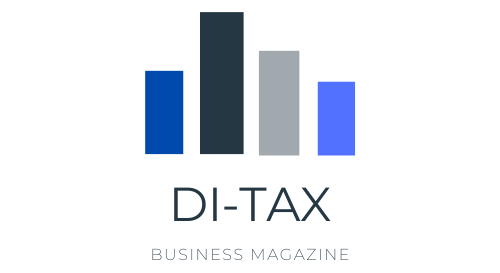The number of bankruptcy filings fell in the first half of the year and the amount of creditors’ claims in Germany dropped significantly; however, the number of bankruptcy filings rose in August compared to the previous month, according to a report from the German statistical office on Monday.
According to preliminary data from the German Federal Statistical Office (Destatis), the number of insolvencies reported in Germany rose by 6.6 percent in August compared to July. In July, it fell by 4.2 percent compared to the previous month.
Final figures for the first half of the year are now available to Destatis: the competent courts reported 7113 reported corporate insolvencies, 4 percent fewer than in the first half of 2021.
Most bankruptcies reported by the construction sector
Creditors’ claims from corporate insolvencies amounted to slightly less than €8.2 billion, according to bankruptcy court data. Claims stood at around €31.8 billion in the first half of 2021, as more economically significant companies became insolvent than in the first half of this year.
Most corporate insolvencies in the first half of 2022 were in the construction sector, with 1,330 cases, 9.1 percent more than in the first half of 2021. The second highest number of proceedings was in trade (including the maintenance and repair of motor vehicles) with 1,058, 5.5 percent down on a year earlier.
To avert a possible wave of bankruptcies due to the pandemic, the government has temporarily suspended the obligation to file for bankruptcy in case of over-indebtedness or insolvency. From 1 May last year, the obligation to file for insolvency has been fully applicable again. However, up to 31 January this year, there were still exceptions for businesses that suffered damage as a result of heavy rain or flooding last summer.
Statistics delayed
Fewer companies went bankrupt in Germany last year than at any time since the current insolvency rules were introduced in 1999, MTI reports. However, the statistical record of bankruptcy filings should take into account that proceedings are only included in the statistics after the first decision of the bankruptcy court.
In many cases the actual date of the insolvency application is about three months earlier. In addition, insolvency statistics do not reflect all businesses that go out of business, as businesses may have gone out of business for other reasons or before the onset of acute payment difficulties.
The economic research institute IWH (Leibniz-Institut für Wirtschaftsforschung Halle) assumes an increase in the number of bankruptcy filings based on the latest data. “After a long period of low insolvency figures, there is now a trend reversal,” said IWH researcher Steffen Müller. The main reasons for this are sharply rising prices, such as energy prices, and problems in supply chains.

